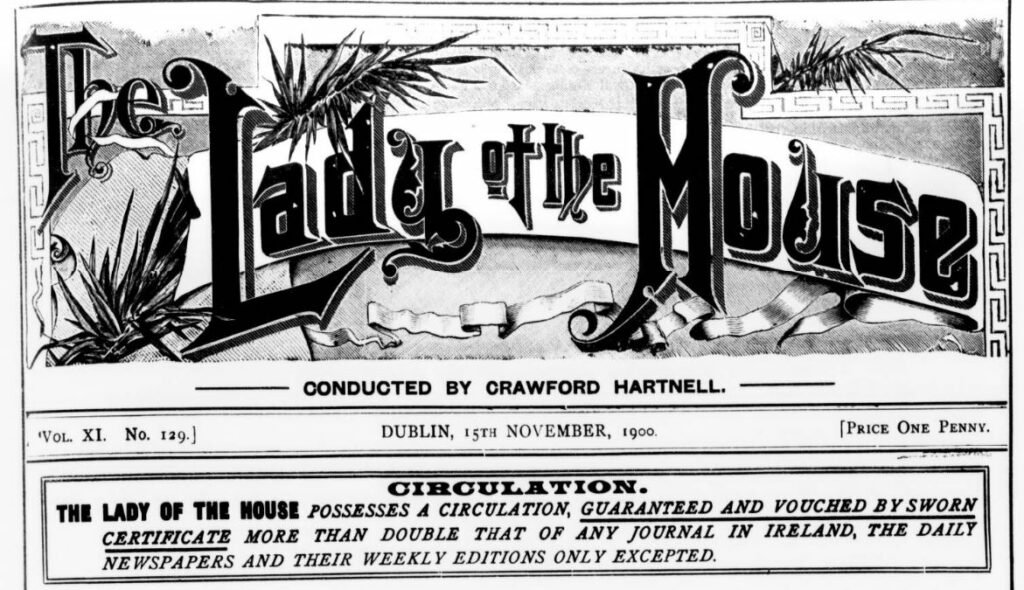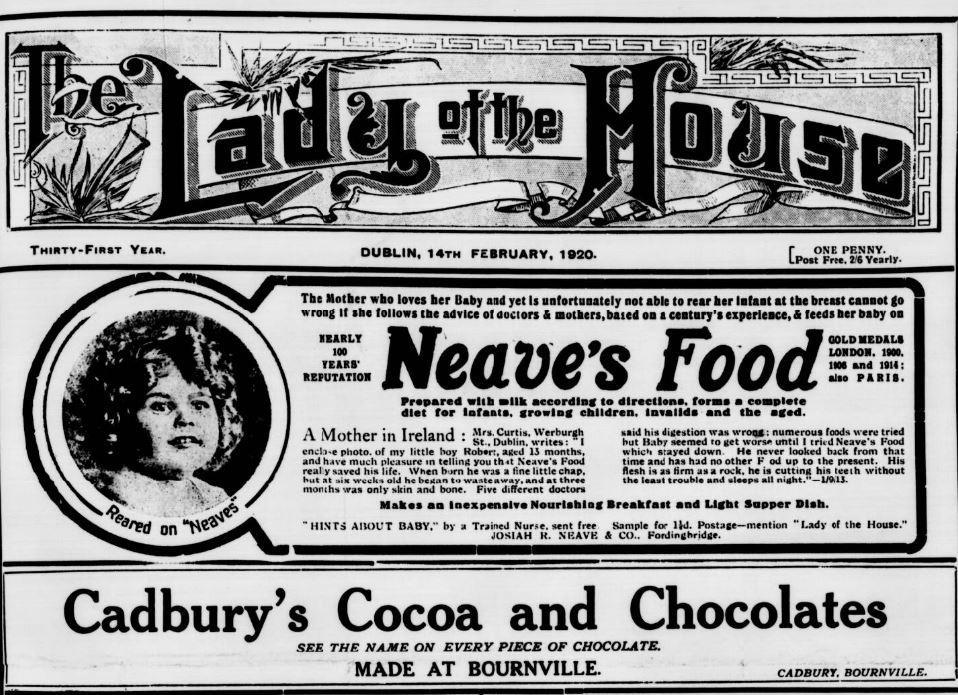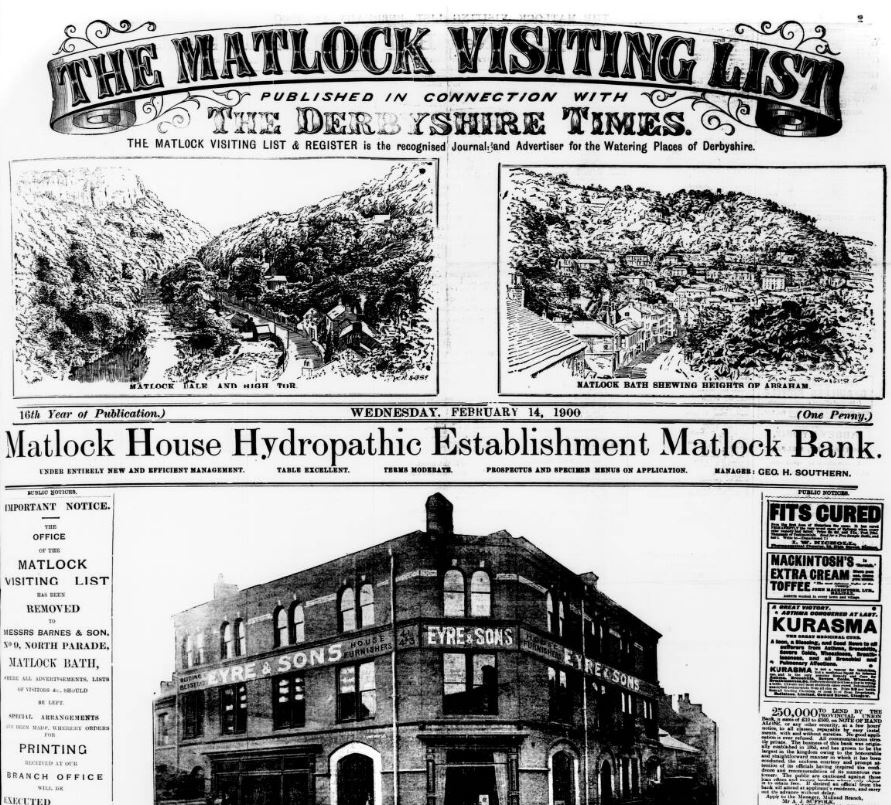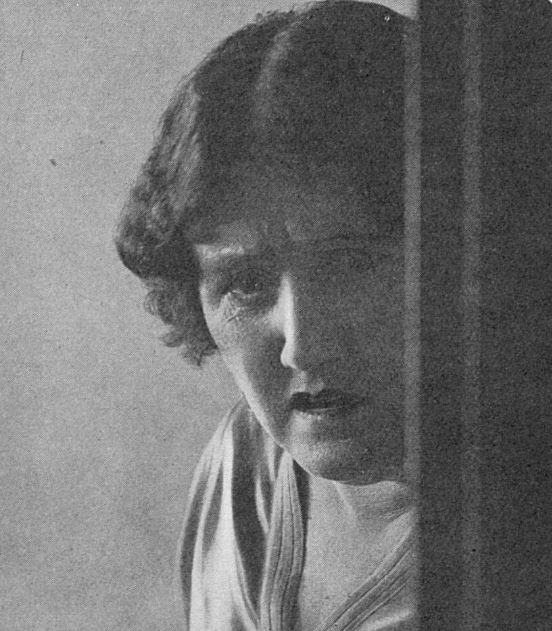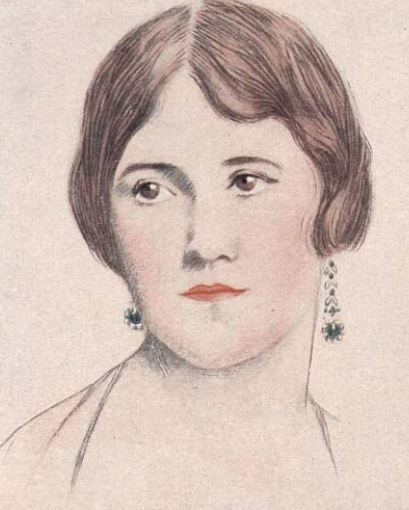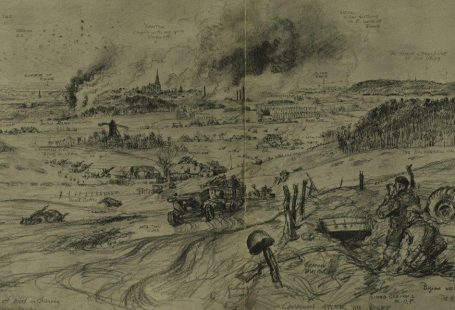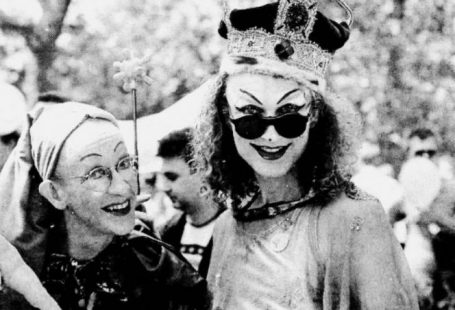The British Newspaper Archive is back with a bang to welcome in the New Year, as over the holiday season we have reached 62 million pages, having added 627,393 brand new pages to our collection, including the ‘original‘ Irish women’s magazine Lady of the House. Meanwhile, new newspaper titles join us from Buckinghamshire and Derbyshire, whilst we have updated nineteen of our existing titles, from Cambridge to Chester, from Neath to Northampton, from Ilkeston to Irvine.
And by far and away our biggest update of the past fortnight are the over 40,000 brand new pages that we have added to film fan magazine The Picturegoer, which span the years 1913 to 1960, a veritable time capsule of film history in wonderful technicolour. It’s only fitting, therefore, that this January we will be celebrating all things film history at The Archive, and we begin by looking at the wonderful career of Irish actress Sara Allgood, who began her acting career at Dublin’s Abbey Theatre before being cast in some of Alfred Hitchcock’s early films, and being nominated for an Academy Award in 1942.
Register now and explore the Archive
With so much to enjoy this week, let’s dive in and take a look at our new titles, beginning with the Lady of the House. Established in 1890, it claimed to be the ‘first Irish women’s magazine,’ its first edition announcing how:
The want has long been felt of a high-class Irish Journal solely devoted to Fashion, the Beautifying of the Home and Person, Scientific Cookery, the Toilet, the Wants and Amusements of Children, the Garden and Conservatory, and the hundred-and-one matters which interest educated women. This want, we repeat, has been felt, but has not hitherto been filled, except by the English Ladies’ Journals which enjoy an immense circulation in this country.
Indeed, the Lady of the House was set to be a women’s publication devoted to Irish women and their interests, discussing Irish fashion, Irish society, Irish shops, and Irish social issues.
Armed with these aims, the origins of the Lady of the House were slightly more mercantile. The title was published by Wilson, Hartnell and Co., who were not publishers, but rather, a firm of advertisers. Indeed, Wilson, Hartnell and Co., whose company was established in 1879, were one of Ireland’s first advertising agencies, and the Lady of the House represented an ‘extended advertisement‘ for one of their largest clients, wine merchant and grocer Findlater & Co.
Catering to the middle and upper classes, Findlater & Co. had branches across Dublin, and at least ten pages of the Lady of the House were dedicated to the company, with lists of the products they sold, alongside their prices. Lady of the House, however, soon grew to become so much more than a publicity stunt; the publication became very successful, not just appealing to the wealthy women who may have done their shopping at Findlater & Co., but a wide range of Irish women.
Appearing on the 15th of every month, at the cost of just one penny, Lady of the House contained domestic advice, alongside articles on ‘acceptable ways by which middle-class women’ could make money. Whilst steering clear of ‘party or national politics,’ the publication did contain some examples of investigative journalism, with a series penned by Mary Costello appearing in the 1890s on ‘A Women’s Life in the Dublin Slums.’ According to a piece entitled ‘Deserters and White Slavers: Emigration in the Irish Popular Press,’ Costello’s articles ‘contained fierce denunciations of the social and political failures responsible for the city’s tenements.’
A typical edition of the Lady of the House would contain an array of photographs, featuring such subjects as ‘Types of Irish Beauty,’ alongside studies of Irish women’s institutions like Alexandra College in Dublin and Adelaide Hospital Nursing School. The publication also featured a look at fashion, with illustrations of ‘What Women are Women Are Wearing Now,’ as well as a discussion of domestic matters in a section entitled ‘Our Household Corner,’ which contained recipes and household hints and tips.
Perhaps one of the most fascinating features of the Lady of the House was a section called ‘The Women’s Parliament.’ Devoted to the ‘Discussion of Debatable Subjects,’ readers were invited to submit their argument on a set topic, with the winning take being awarded a prize, such as an antique Irish spinning wheel. Such topics included ‘Should People Be Sought for What They Are or What They Have’ and ‘Would Associated Housekeeping Be A Desirable Step in Advance?’
Despite being read by many thousands of Irish women over the years, the Lady of the House was ‘not a publication for the Jazz Age.’ Its final edition was published in 1924, before it re-emerged as the Irish Tatler. You can find out more about the Lady of the House across a series of articles featured on the Irish Media History website here.
From Dublin now to Buckinghamshire, and our next new title of the New Year, which is the Buckinghamshire Advertiser. Not to be confused with the Buckingham Advertiser or indeed the Bucks Advertiser, the Buckinghamshire Advertiser was published in Chalfont St. Peter, a large village in south-eastern Buckinghamshire. A weekly tabloid newspaper, which appeared every Wednesday, it also circulated in the towns of Chalfont St. Giles and Gerrards Cross.
Our final new title this week is Derbyshire’s Matlock Visiting List, which was ‘Published in Connection with the Derbyshire Times.’ Established in 1880, this one penny publication was an ‘Illustrated Paper for the Important Watering Place of Matlock Bath, containing Lists of all Visitors for Matlock Bath, Matlock Bridge, Winster, Ashover, Buxton &c. &c., and full of Local Information.’
Appearing every Wednesday, the Matlock Visiting List was indeed filled to the brim with a variety of different items, including lists of visitors to Matlock Bath, a spa town that lies just south of Matlock, as well as to nearby Buxton. The newspaper contained illustrations, especially depicting places of interest in the local area, like the Matlock Bath Pavilion and Gardens, as well as reporting on local news, with descriptions of local funerals and inquests sitting alongside national and international news.
That’s it from our new titles of the week, and as for our updated titles this week, the film fan magazine the Picturegoer has to be our highlight. First published as The Pictures in 1911, in 1914 the title became The Pictures and The Picturegoer, before becoming simply the Picturegoer in January 1921. And the Picturegoer was exactly what this publication was: it was devoted to those who went to the pictures, furnishing them with an array of photographs of the cinema’s biggest stars, as well as with interviews and biographical portraits.
The Picturegoer was stocked by most cinemas, and in 1931, testament to its success, the monthly title switched to a weekly publication schedule. By the mid-1940s, arguably the golden age of cinema going, the title had an impressive weekly circulation of 325,000 copies. However, by the 1950s different cinema companies were producing their own magazines, and the Picturegoer saw a decline in popularity. Its final edition appeared on 23 April 1960, before it was merged with pop music magazine Disc Date.
An Irish Star of Early Cinema – Sara Allgood
Academy Award nominated actress Sara Allgood (1880-1950) began her career at Dublin’s iconic Abbey Theatre. Starring in theatre productions for many years, she made the transition seamlessly into cinema, being cast in early Alfred Hitchcock productions like Blackmail (1929).
In 1909 our new title the Lady of the House picked up on Sara’s acting talent, describing how:
By dint of attacking everything, from voluble peasants to suffering Queens, Miss Allgood has progressed by leaps and bounds, until at the present moment she stands by herself, the one genuine tragedienne on the English-speaking stage. Her qualities in this elevated position are practically unique, as to the naturalness and superb artistic restraint.
Just three years later, in 1912, the same publication was hailing the actress as ‘Ireland’s Divine Sara.’ In an interview published on 15 April 1912, the Lady of the House gave its impression of Sarah Allgood, as well as describing her experiences of being on tour in the United States.
The piece begins as follows:
A young lady, very becomingly attired in a tailor-made blue costume, picturesque hat, large, but not obtrusively so; neat shoes and quiet grey-blue hose, crossed over from Abbey Street towards the theatre. There was nothing ‘stagey’ in her attire or carriage. We simply saw a young lady of obvious refinement who, like hundreds of our dear Irish girls, add to the afternoon charm of Grafton Street, the Horse Show, the Lansdowne Road football ground on cup day. Possibly, this might be Miss Allgood, or some other gifted member of the Abbey Theatre Ladies.
The ‘charmingly-mannered, pretty, well-gowned young girl,’ did turn out to be Sara Allgood, and she described to her interviewer her journey across the Atlantic to the United States. Sara’s interviewer was astonished to discover that she had travelled ‘in steerage,’ or third class, the cheapest way to travel. But in doing so, Sara was able to help one of her fellow passengers:
A woman emigrant was crossing the Atlantic for the third time. On the first occasion she was not permitted to take up residence in the United States because she lacked the necessary twenty dollars in loose cash. On the second assault she was in the sick bay of the vessel and was returned to Europe as too delicate an alien to be admitted. On the third trip she gave birth to a baby to whom Miss Allgood stood sponsor, and under happy auspices, the mother and child were welcomed to the land of the Stars and Stripes.
Once Sara and her castmates had arrived in the United States, they were concerned as to what they could expect from the American audiences, Sara stating how:
We were warned… that Americans were trying people to play before. They come into the house and, if they are not interested, they will go away again without any hesitation. This made us apprehensive but our anxiety was, happily, short-lived.
Sara and her fellow actors were a great success, Sara going on to relate how:
American audiences, accustomed to brisk, rapidly developing complications and plots, were amazed by the quiet methods of the Abbey playwrights and players. Their appreciation of our efforts, when they gripped the idea that we were presenting living pictures of Irish life, as it is lived in Ireland, was extremely gratifying. We were delighted with them and came to regard them as exactly like our esteemed Abbey audiences.
Indeed, it wasn’t just American audiences who were charmed by Sara Allgood. The Lady of the House finished its piece by stating:
From time to time we have been charmed by Miss Allgood’s art as exercised on the Abbey Theatre stage. Sara Bernhardt and Mary Anderson always recur to us as the most convincing actresses we have ever seen. We class Miss Allgood beside them, and with possibilities of surpassing both. She is more versatile than Bernhardt. Whatever measure of supreme genius she appears to lack will be filled to overflowing by experience of life. Sara Allgood needs no lessons in stage-craft. She knows it intuitively.
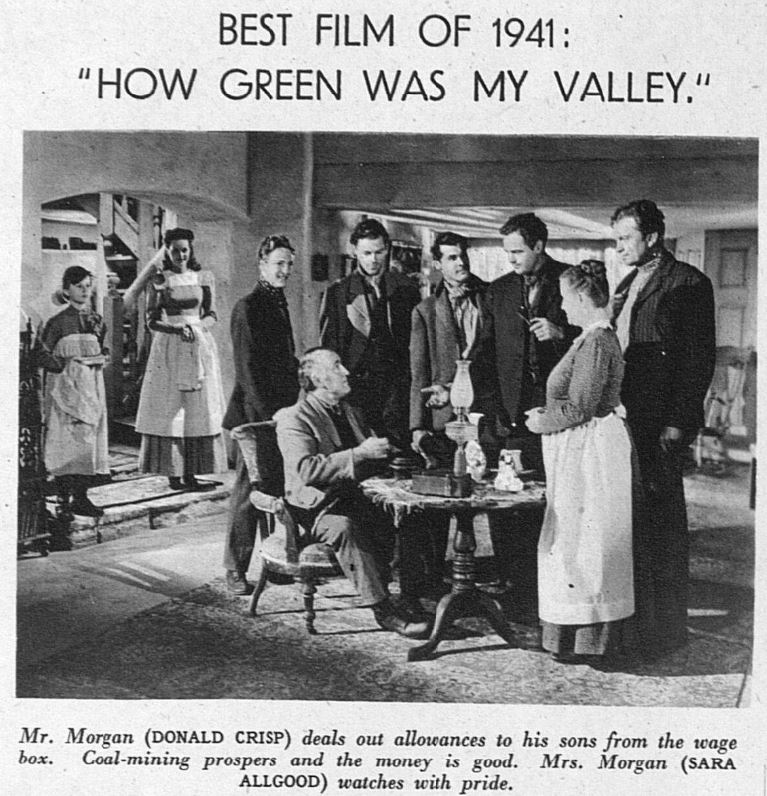
By 1915 the same publication was hailing Sara as the ‘greatest actress Ireland has yet produced.’ In 1942 her talent was rewarded with an Academy Award nomination for Best Supporting Actress in How Green Was My Valley, and she appeared in many memorable film roles throughout the 1940s. She passed away in September 1950 at the age of 69 in California.
New Titles
| Title | Years Added |
| Buckinghamshire Advertiser | 1997 |
| Lady of the House | 1895-1923 |
| Matlock Visiting List | 1885-1888, 1890-1895, 1897-1904 |
Updated Titles
This week we have updated nineteen of our existing titles.
You can learn more about each of the titles we add to every week by clicking on their names. On each paper’s title page, you can read a FREE sample issue, learn more about our current holdings, and our plans for digitisation.
| Title | Years Added |
| Belper Express | 1993 |
| Burton Daily Mail | 1996 |
| Cambridge Daily News | 1996 |
| Chester Chronicle (Frodsham & Helsby edition) | 1999 |
| Esher News and Mail | 1991 |
| Hereford Times | 1922 |
| Herts and Essex Observer | 1996 |
| Ilkeston Express | 1999 |
| Irvine Herald | 1971, 1980 |
| Isle of Thanet Gazette and Thanet Times | 1999 |
| Midweek Visiter (Southport) | 1992 |
| Neath Guardian | 1998 |
| Northampton Herald & Post | 1997 |
| Picturegoer | 1913-1914, 1919-1920, 1926-1960 |
| Runcorn & Widnes Herald & Post | 1999 |
| Shields Daily Gazette | 1921, 1927, 1932, 1937, 1944 |
| Shrewsbury Chronicle | 1980 |
| Staffordshire Newsletter | 1997 |
| Uttoxeter New Era | 1897 |
You can keep up to date with all the latest additions by visiting the recently added page. You can even look ahead to see what we’re going to add tomorrow.



